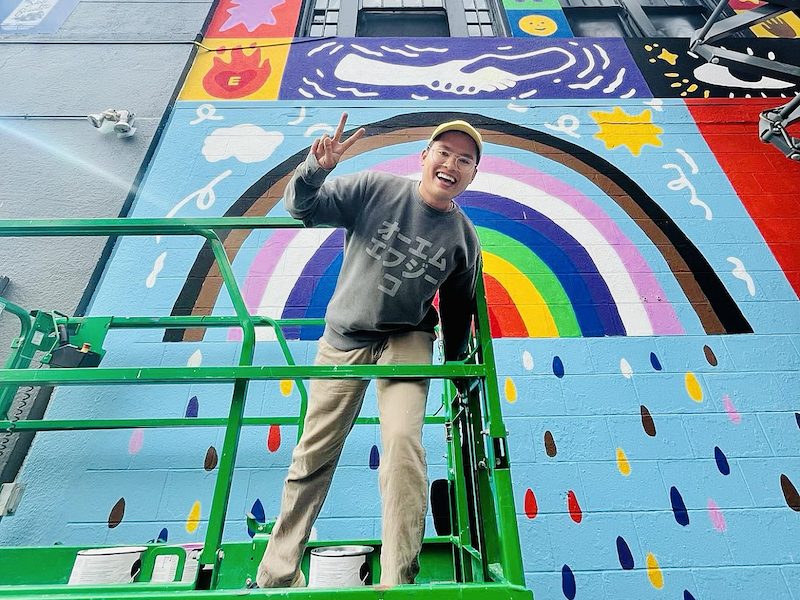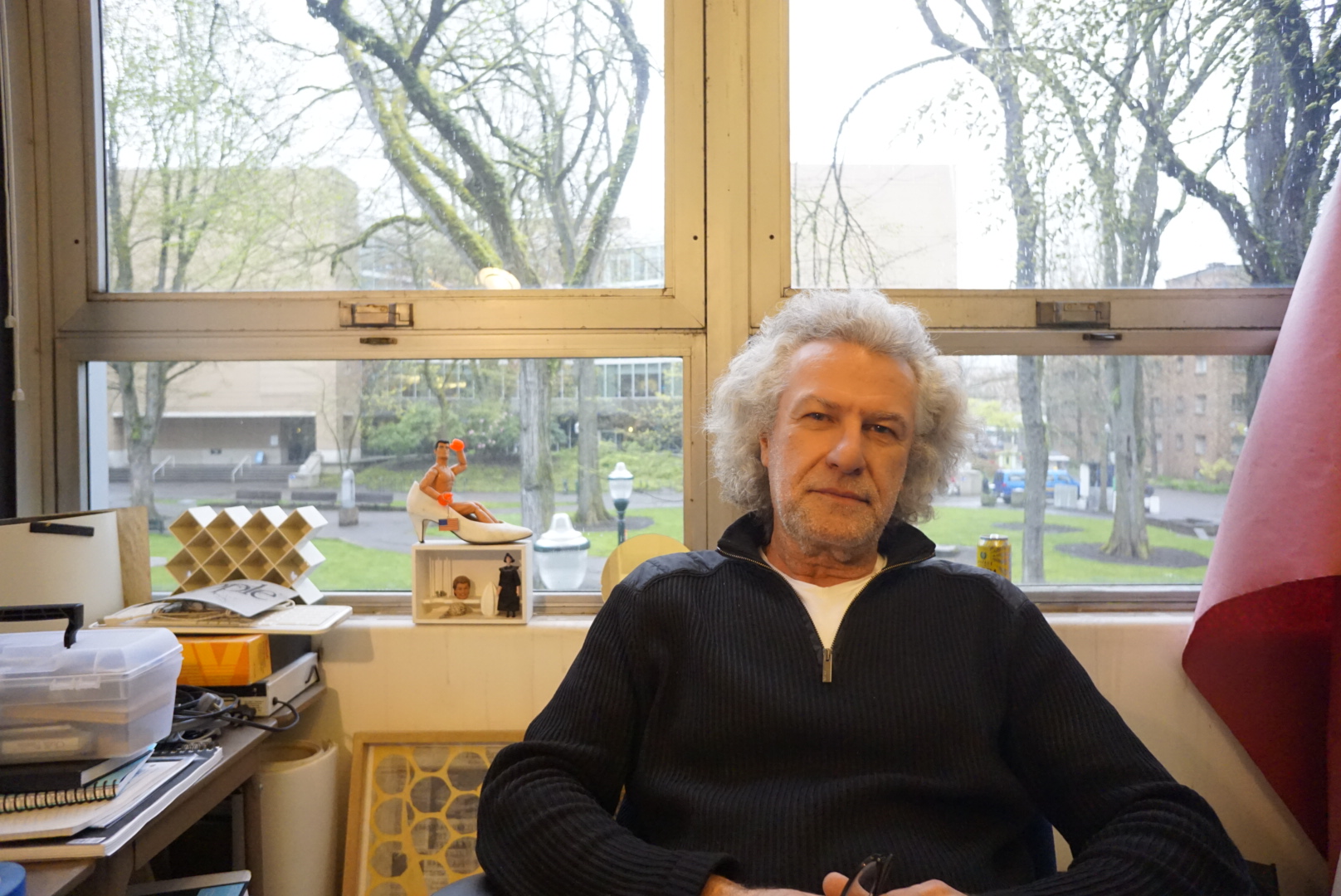Nobody wants to live a life of uncertainty. Despite the debate about nature versus nurture, it is all but certain that one’s origins play a role in shaping who one becomes. We are social creatures who thrive on connection and support.
Unfortunately many of us—including myself—have not been so fortunate in the family department. When children find themselves in unsafe families, there are systems in place that should protect them. Nevertheless, as with most systems, child welfare agencies are not immune to abuse by those in positions of authority.
The Texan government, led by Attorney General Ken Paxton and Governor Greg Abbott, have recently taken it upon themselves to use the Texas Department of Family and Protective Services (DFPS) to attack the families of trans and gender non-conforming youth.
This brazen move condemns parents and doctors that support a child’s right to their own bodily autonomy in receiving gender-affirming care. According to NPR, Gov. Greg Abbott has equated this care to child abuse.
Attorney General Paxton’s opinion briefing appeared to support these claims as well. Using dubious sources, he outlined seemingly well-researched information that focused primarily on the reproductive effects of gender-affirming care and used ill-gained statistics—all but calling gender dysphoria a phase.
However, researchers from the Yale School of Medicine took a closer look at the memo and found that the sources used lacked credibility. They stated that the AG’s opinion does “ignore established medical authorities and repeat[s] discredited, outdated, and poor-quality information—also [the memo] mischaracterizes reputable sources and repeatedly cites a fringe group whose listed advisors have limited (or no) scientific and medical credentials and include well-known anti-trans activists.”
Anti-trans legislation is unfortunately nothing new, as attempts at conservative legislation across the nation have become increasingly more transphobic and hostile to the LGBTQ+ community.
Lambda Legal, an organization fighting to protect LGBTQ+ rights, found that Texas is the only state to threaten to take kids away from parents for providing them with gender-affirming care.
Having personally lived in a home where danger was an everyday occurrence—and having been removed from that home—I find it troubling to hear these threats made, as though the consequences that follow them would not be life-shattering even in the best of circumstances.
After both positions argued their side, the Supreme Court ruled that while it is within Abbott and Paxton’s rights to express their opinions, the child welfare agency is “not compelled by law to follow them.”
There are those who may consider this a partial victory. On the other hand, one might argue that ambiguity in the law—especially when such disruptions of families and lives accompany it—facilitates an abuse of power. Child protective agencies have not always had the most reliable record of managing the power they possess.
The AG’s opinions also highlight the historical ramifications of sterilization for minorities and vulnerable populations. Yet he fails to acknowledge that the very people he is empowering with justifications for bias are one of the organizations that historically and currently disproportionately targets minorities.
Research presented by Shanta Trivedi of the University of Baltimore points out that “there is a dire risk that caseworkers’ subjective views of ‘good parenting’—and, worse yet, their subconscious biases—will determine whether or not a child is removed.”
This happens time and time again to people of color, those struggling with the effects of poverty and other disenfranchised communities. The mere fact that abuse is not as recognized in stereotypical, white, middle and upper-class families does not mean that it does not occur.
As a person who grew up in a family like this—an abusive white middle-class family—I am a testament to the fact that abuse happens within the child protective systems as well as in households. Unfortunately, the stigma of abuse was not attached to my family, so I spent 16 years living in an abusive home—an outcome that may have been different had my family’s status or race differed.
Trivedi added that the systemic and disproportionate focus on minority communities seems to lead society to “respect the privacy and autonomy of middle-class families, but accept coercive intervention and intrusion in low-income families.” Trivedi also noted a similar trend for families of color, stating, “The state is more likely to permit white children to remain with their families and take Black children away from theirs when faced with similar allegations.”
LGBTQ+ youth are also more likely to enter foster care and face discrimination than non-LGBTQ+ youth. Kate Murphy, senior policy associate at the nonprofit advocacy group Texans Care for Children, told the Texan Tribune, “LGBTQ+ youth in foster care tend to experience more bullying, more physical violence, more sexual violence. We’re not doing these kids any favors by bringing them into a system where they might continue to experience trauma.”
The foster care system in Texas is already barely managing the kids it has under its care. As reported this year by The Texas Tribune, “Officials struggled to place children in appropriate facilities as a result, leading to record numbers of children staying in unlicensed placements—often dangerous or under-regulated.” Furthermore, The Texas Tribune also reported that “more than 100 kids were sent out of state last year.”
While it is clear that Texas’ child welfare system seemingly fails to serve the children under its care properly, the possibility of harm coming to children removed due to the biased opinion of lawmakers comes in more forms than one. In cases where removal from parents does happen, the risk to the child—especially when the displacement is unnecessary—is significant.
A study by University of Michigan Law School reported that “child removal and entry into foster care evokes emotional and psychological trauma and is the most drastic safety intervention utilized by a child welfare agency. Even brief separations can cause the release of higher levels of cortisol-stress hormones that begin to damage brain cells.”
My own personal experience in these systems imprinted on me that the removal process is highly stressful and uncertain. Kids get dragged into the process without being aware of what is taking place and with having little to no control.
The evidence of the adverse effects of unnecessarily criminalizing families of LGBTQ+ children who seek only to support their children’s choices is undeniable. Parents offering a safe and supportive environment and allowing their youth to seek gender-affirming care is backed by overwhelmingly positive evidence.
The Texas Tribune also reported that “transgender teens were 60% less likely to be depressed and 73% less likely to have thought about self-harm or suicide after one year of using puberty blockers compared with those who didn’t start the medications.”
We are faced with biased misinformation that has left gray areas in the law and provides ample room for abuse of power. How can we assist mistreated children when the only systems in place to protect abused children are doing the opposite?
The system has become the perpetrator of the abuse it was created to prevent. How can we stop the endless cycle of trauma when our leaders willfully perpetuate policies that harm their constituents and vulnerable children? The challenge is not to turn away from these questions or deny these facts but to raise our voices and scream into the seemingly endless void. Our children and our future deserve no less.






